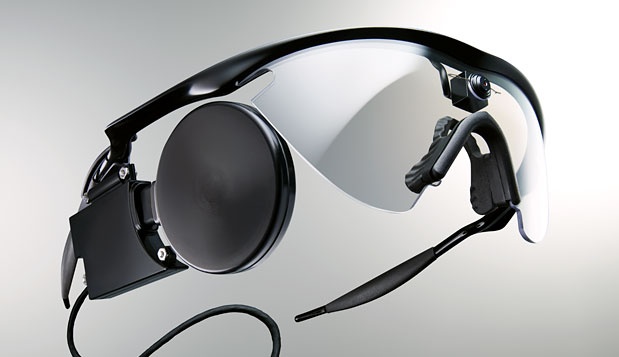Holographic TV is a long ways off mainstream appeal due to simply being too expensive to sell on the market. There's also another problem, holograms currently don't move. In order to make them move, they need pixels smaller than anything the industry can currently build at large volume and at low cost.
So rather than use expensive, complex hardware to create holograms, the MIT Media Lab’s Camera Culture group instead uses technology of today: LCDs. To produce a convincing 3D illusion, the method uses several layers of LCDs featuring a refresh rate of 360 Hz, or 360 times a second.
The project is called High Rank 3D (HR3D). To begin with, HR3D involved a sandwich of two LCD displays, and advanced algorithms for generating top and bottom images that change with varying perspectives. With literally hundreds of perspectives needed to accommodate a moving viewer, maintaining a realistic 3D illusion would require a display with a 1,000Hz refresh rate. To get around this issue, the MIT team introduced a third LCD screen to the mix (pictured above). This third layer brings the refresh rate requirement down to a much more manageable 360Hz. More importantly, it means short term application of this technology is possible. Currently, TV technology maxes out at 240Hz, so a high-speed panel in the 360Hz range isn’t all that far-fetched.
The Media Lab researchers plan to demonstrate this three-layer LCD panel at SIGGAPH 2012 along with a two-panel version that uses a sheet of lenses which refract light left and right. A visual explanation of both displays can be seen in the embedded video below.



0 comments:
Post a Comment